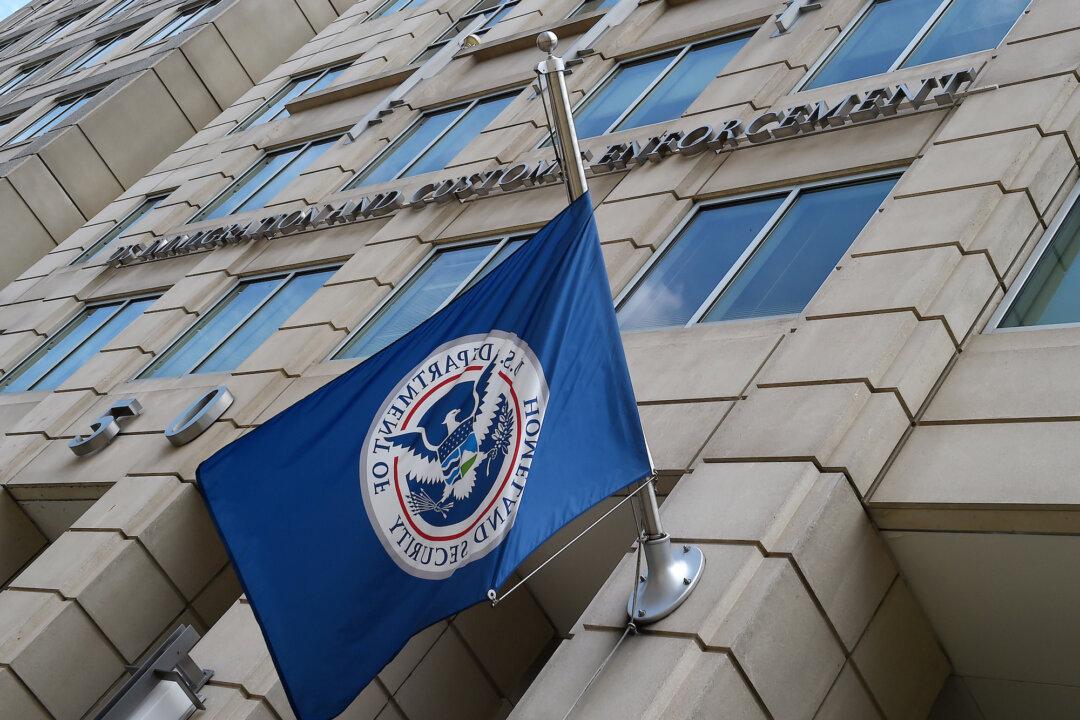Commentary
Even as the foreign-born become an ever-greater portion of America’s population, Washington’s immigration policy looks increasingly confused and contradictory.

Even as the foreign-born become an ever-greater portion of America’s population, Washington’s immigration policy looks increasingly confused and contradictory.